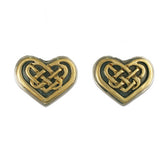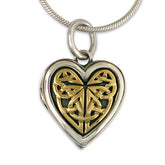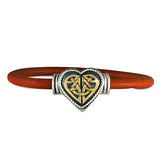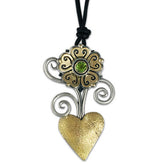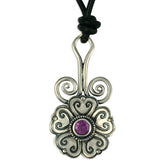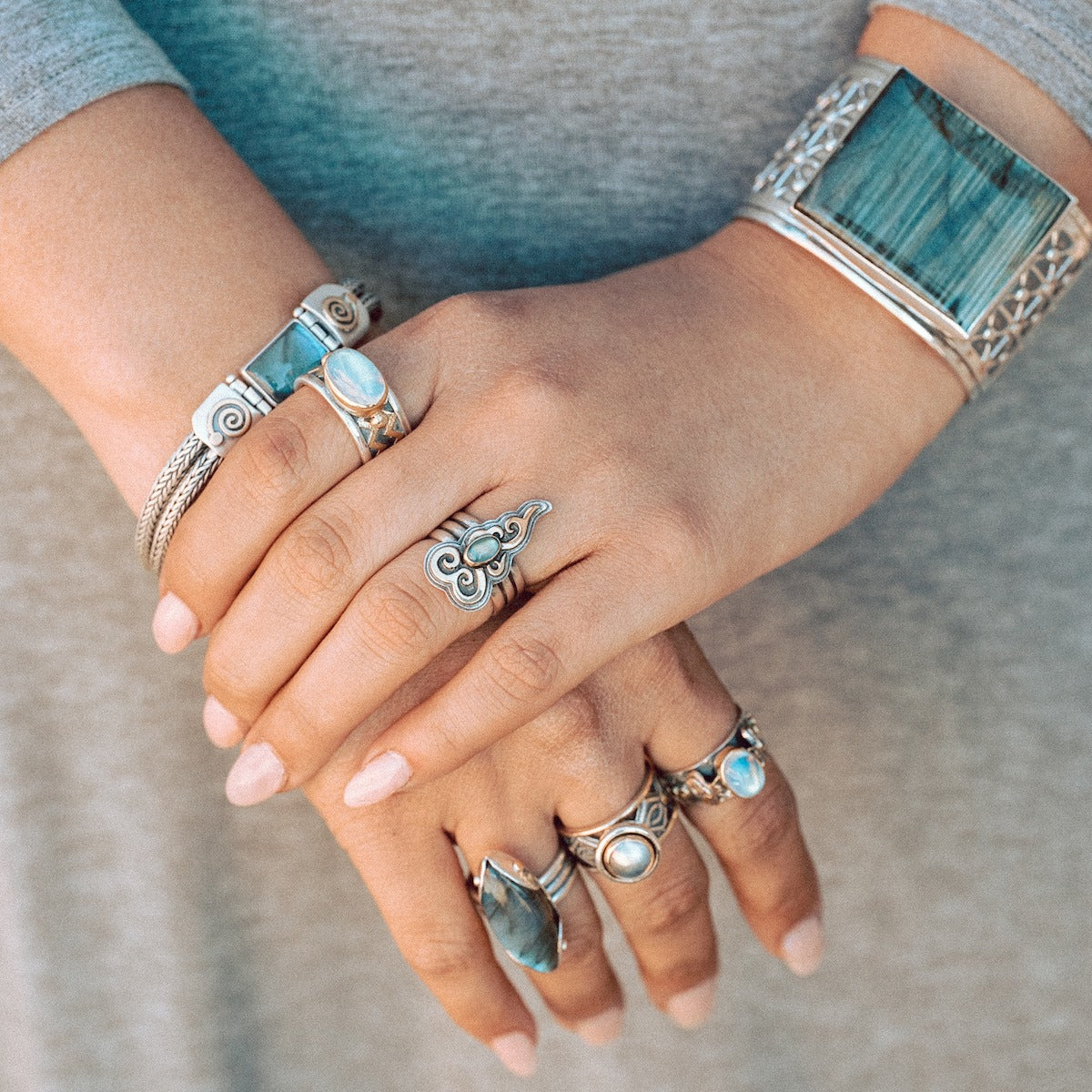May: Emerald

Emeralds have a powerful effect on human beings. According the myth and lore, emeralds bring vitality, fertility and clarity of vision into matters of love, and also business. The history of people valuing emeralds stretches back thousands of years.
Emeralds were sold in the markets of Babylon 4000 BC. Aztec names emerald the stone of sacred quetzal. Aristotle wrote that emerald held power to give one presence during businesses speeches and provide victory in trial. He also links the gem to improved vision, perhaps because emeralds are part the gem family which is called, beryl, which is heavily associated with clear sight. The word, in Latin, for a magnifying glass is beryllus. Glasses, in German, is brille. In England during the 16th century, windows were known as berills and mirrors, as berral-glas. (Kuntz 49)
The Roman elder and historian, Pliny, wrote that the soft green color of emeralds comforts the eyes from weariness and lassitude. Of all the stones, “this is the only one that feeds the sight without satiating it.” (Kuntz 95)

Beryl was used in the middle ages as a precursor to the modern day Ouija board. The gem was held above water bowl by a thread. Questions were asked and the answers were granted by letters written upon the surface of water was a popular crystal used as an aid to oracle. Clear sight leads to clear judgment, and this is reflected in the structure of emeralds. Emeralds have a hexagon crystalline structure. Two triangles are brought together to form a new shape that is more stable in its general nature. The number six is represents Solomon’s seal—a way of mediating and coming to resolution and balance after indecision.
Another theme that comes up consistently with emerald ties directly to its color. Egyptians called emeralds the “lover’s stone” and believed that the gem could bring fertility and rebirth. Emeralds are connected to the planet Venus. Egyptians believed they turned deeper and richer when love was strong, and waned with the fall of romance.
Bela, a King of Hungary, gave an emerald to his queen. It broke in three during the king’s travels, suggesting that the lady had unlaced her bodice for another gentlemen. This story also points to another more practical element of love and emeralds: both can be brittle. Fissures are often hard to detect. Many jewelers will not set emeralds simply because the stone can crack.
Though considered by many people even more dramatic than diamonds, couples are reluctant to choose them as an engagement gem because of their reputation for being soft, though they have a respectable Mohs’ hardness of between from seven and a half to eight.
A discussion of emeralds would not be possible without reference to the lore of Arthurian stories and fairy tales. Does not the good wizard wear an emerald ring to protect himself and his dominion against the dark sorcerers and magicians? Emeralds are deeply loved by the Druids, and even now, the romantically inclined Irish. Emerald green reminds them of the verdant beauty of their home country.
What may we learn from all this lore of emeralds? Emeralds seem to convey to the wearer a particular type of alignment that is different from the rest of the gems in the beryl family. Emeralds represent the vitality, fertility and beauty the verdant earth itself. They also bring clarity of vision into matters of love and also, business.
Browse our Emerald Jewelry at https://celticjewelry.com/collections/emerald-may
References: George Frederick Kunz, The Curious Lore of Precious Stones, New York; Dover Publications, Inc. 1913, 1971 edition. Bruce Knuth, Gems In Myth, Legends And Lore, Parachute, Colorado, Jewelers Press, 2007.

